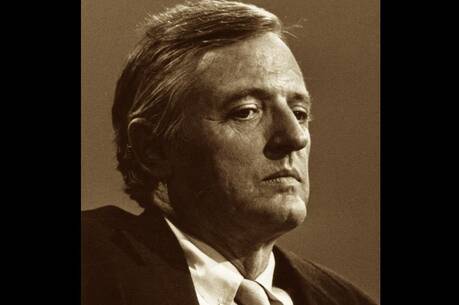Ben Cramb, the Con Man
If the latter category captures your fancy, then don’t miss the novel Dizzy City, a virtual how-to manual in flim-flammery. Its author, Nicholas Griffin, has written three historical novels (including The Requiem Shark and the House of Sight and Shadow) and a nonfiction work, Caucasus.
The events in Dizzy City take place between November 1915 and July 1916, a period when the United States had not yet entered the war then raging in Europe. The narrative begins in the British trenches in northeastern France where we meet a central character named Ben Cramb, burrowing down with his boyhood pals under German bombardment. None survive save Ben, a minor-league bunco artist and major-league ladies’ man who, by contrivances and wit, manages to escape the army hospital, stow away on a merchant ship and land in ostensibly peaceful New York City. Once there, Ben, the young amateur in con games, gradually encounters some seasoned professionals.
Although Dizzy City is not a historical novel in the familiar sense (e.g., no one famous appears) and is in equal parts an offbeat romance and picaresque tale, the time and place (1916 New York City ) are crucial for context and atmospherics as well as for emotional resonance. We visit prewar Broadway and the Bowery, Central Park, Coney Island, old Penn Station and its stockyards nearby, pre-renaissance black Harlem, and Tin Pan Alley (28th Street off Broadway), with occasional side-trips to elegant Newport, R.I., and the London of Ben Cramb’s memory. The novel’s main characters, shifty themselves in so many ways, reflect nicely these ever-shifting environments. Like Ben Cramb, all are part-time actors, like him reinventing themselves and committed to deception, with the city the stage and theater for their most studied performances.
Rather than spoil the fun by revealing the plot (except to remind readers to stay on their toes and insert that two of the scams involve song-writing proceeds and a stockpile of army munitions), it is important to note that the title Dizzy City refers not only to the Big Apple of 1916 but to the novel’s action (a whirligig of cons) and its literary shape. The reader glimpses the same events from three different perspectives, offered from the point of view of three separate characters. What in less sure hands would have a dizzying effect on the reader deftly enhances engagement with the action, while offering endless surprises. In short, the novel itself parodies the most familiar of con games—Three Card Monte—in which the one being conned keeps his eyes on one card, only to discover after the shuffle (and a bit of palming) that he’s been had.
It is not easy to compose a novel in which a reader delights in being tricked, nor is it easy to compose a novel in which the 1916 Easter Rebellion in Ireland and the Black Tom Island munitions explosion on the Hudson River between Manhattan and Jersey City are fateful cards in a quick shuffle. So hats off to Nicholas Griffin for both tricks and treats.
This article also appeared in print, under the headline “Ben Cramb, the Con Man,” in the February 4, 2008, issue.








